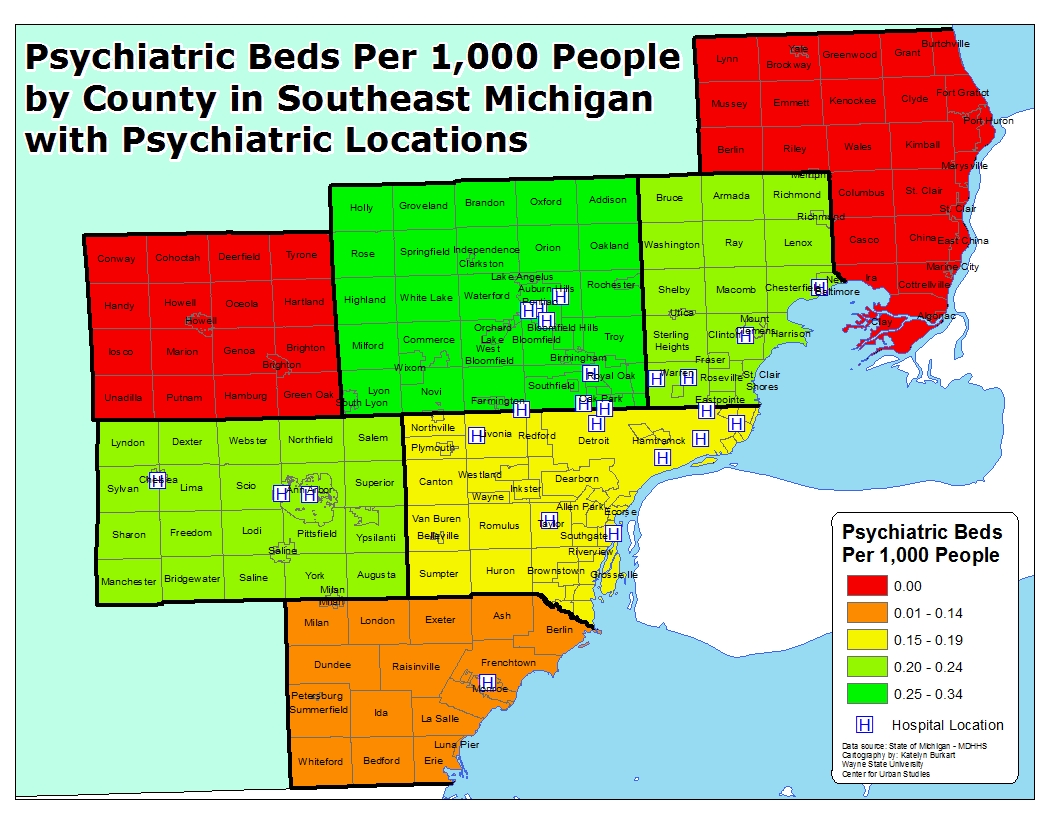There were 2,363 fewer vacant Detroit residential properties between June 2015 and June 2016, according to the U.S. Postal Service. Between March 2016 and June 2016 the number of residential vacancies decreased by 1,282. Overall in the month of June of 2016 there were 80,643 vacant residential addresses, which is equivalent to a 22.5 percent residential vacancy rate, according to the U.S. Postal Service. Also, for June 2016 the total number of residential addresses decreased by 4,630 from June 2015 and by 2,030 from March 2016.
Although there was a decrease in the number of vacant addresses, the percentage of vacant addresses in Detroit has remained in the 22.5-22.9 percent range since June of 2015. The data presented below shows that residential vacancy rates have experienced an overall increase since September 2012, when the U.S. Postal Service reported Detroit’s residential vacancy rate was 21.9 percent. However, there has been a decrease since March of 2015 when there was a peak residential vacancy rate of 23.5 percent. While the residential vacancy rate in Detroit has increased since September 2012 the number of residential addresses has experienced an overall decline of 6,441. The decrease occurred while the total of number of vacant residential addresses increased by 1,026 in the same time period (going from 79,612 in September 2012 to 80,643 in June 2016) . However, similar to the vacancy rate, the total number of vacant Detroit residential addresses peaked in March of 2015 and has since started to decline.
In addition to these changes, in June of 2016 there was a decline in the number of “no stat” addresses; that number decreased by 1,992 in the last year. Mail carriers denote properties as being either “vacant” or “no-stat.” Carriers on urban routes mark a property as vacant once no resident has collected mail for 90 days. Addresses are classified as “no-stat” for a variety of reasons. Addresses in rural areas that appear to be vacant for 90 days are labeled no-stat, as are addresses for properties that are still under construction. Urban addresses are labeled as no-stat when the carrier decides it is unlikely to be occupied again any time soon — meaning that both areas where property is changing to other uses and areas of severe decline may have no-stat addresses.
The maps below demonstrate both the overall Detroit address vacancy rates (including residential and business vacancy rates) by Census Tract for June 2016 and the change in vacancy rates between June 2016 and June 2015. In total, there were about 70 Census Tracts in Detroit with total vacancy rates above 33 percent. The Census Tract with the largest increase in its vacancy rate between June 2015 and June 2016 was located in Southwest Detroit and had a total vacancy rate increase of 11.1 percent.





